A Review Of The Kodak Ektar H35 Half Frame Film Camera
I'm a sucker for great design, and the Kodak Ektar H35 has it in spades. It just looks really beautiful especially with the faux leather contrasted with a classic silver top finish. The body is conveniently pocketable in a jacket which is how I usually carried mine.

Decaf Journal is reader-supported. When you buy links through our site, we may earn an affiliate commission.
It had been a little while since I'd shot a roll of film. Though I had shot film exclusively for a few years not long ago, my time became quite limited once my first child was born. I started shooting increasingly more with digital cameras from that point on and came to appreciate the convenience of instant feedback, as well as the fast turnaround that it afforded me.
When combined with the substantial price increases of film in recent times, I had essentially abandoned the analog medium altogether. Not that I didn't miss it dearly.
When the Kodak Ektar H35 half frame film camera was announced back in May 2022, it definitely piqued my interest. I had always wanted to try a half frame camera, which provides two side by side images on one frame of 35mm film. This results in a unique diptych effect that is often used for artistic purposes.
Not only that, but my longing for film photography was only growing stronger as time went on. Well, what could be an easier way to return to film than by picking up a toy camera that costs less than $50 USD? I finally took the plunge and got my hands on one just in time for a family weekend getaway to do some sightseeing and eat delicious food.
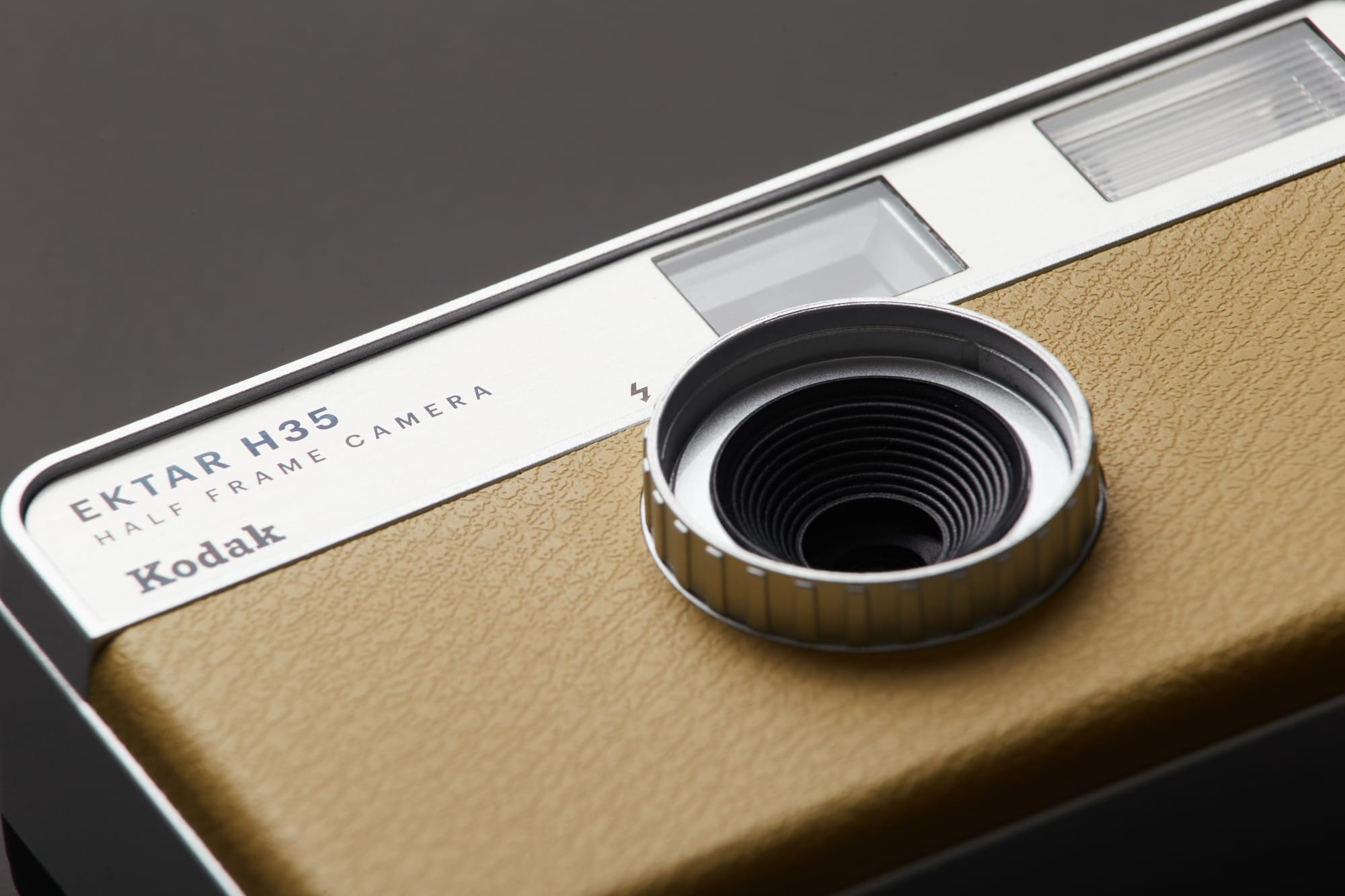
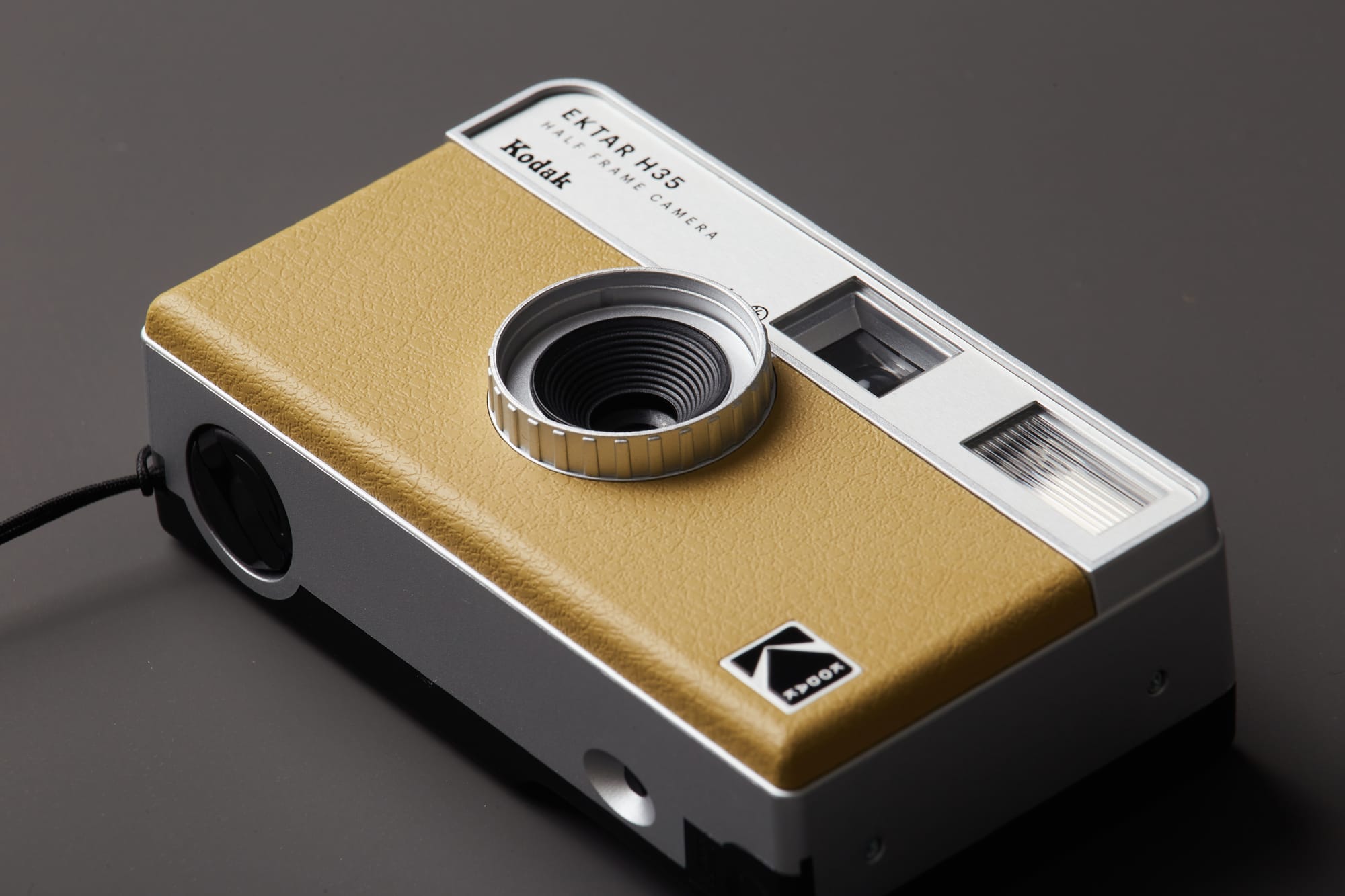
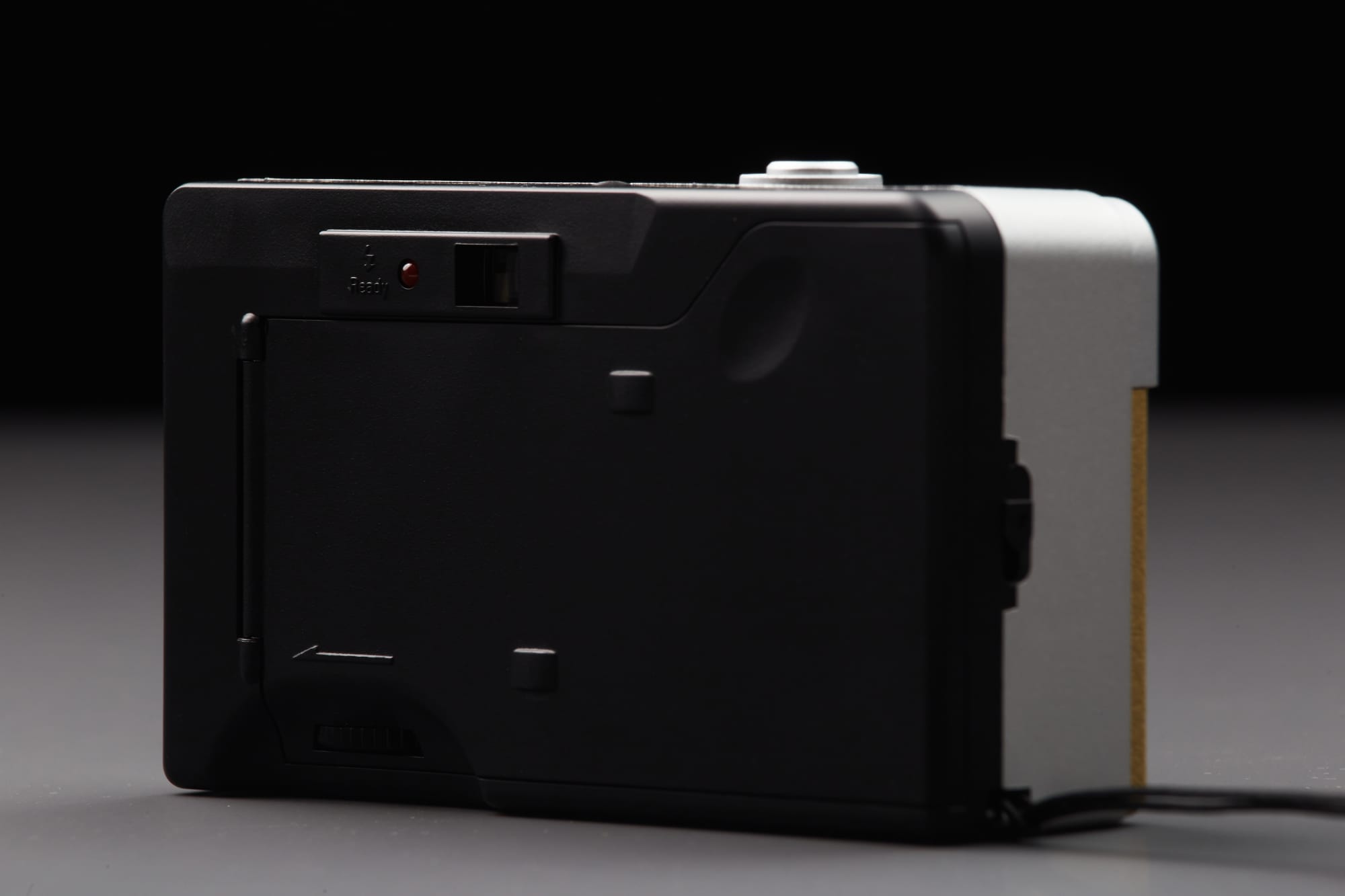
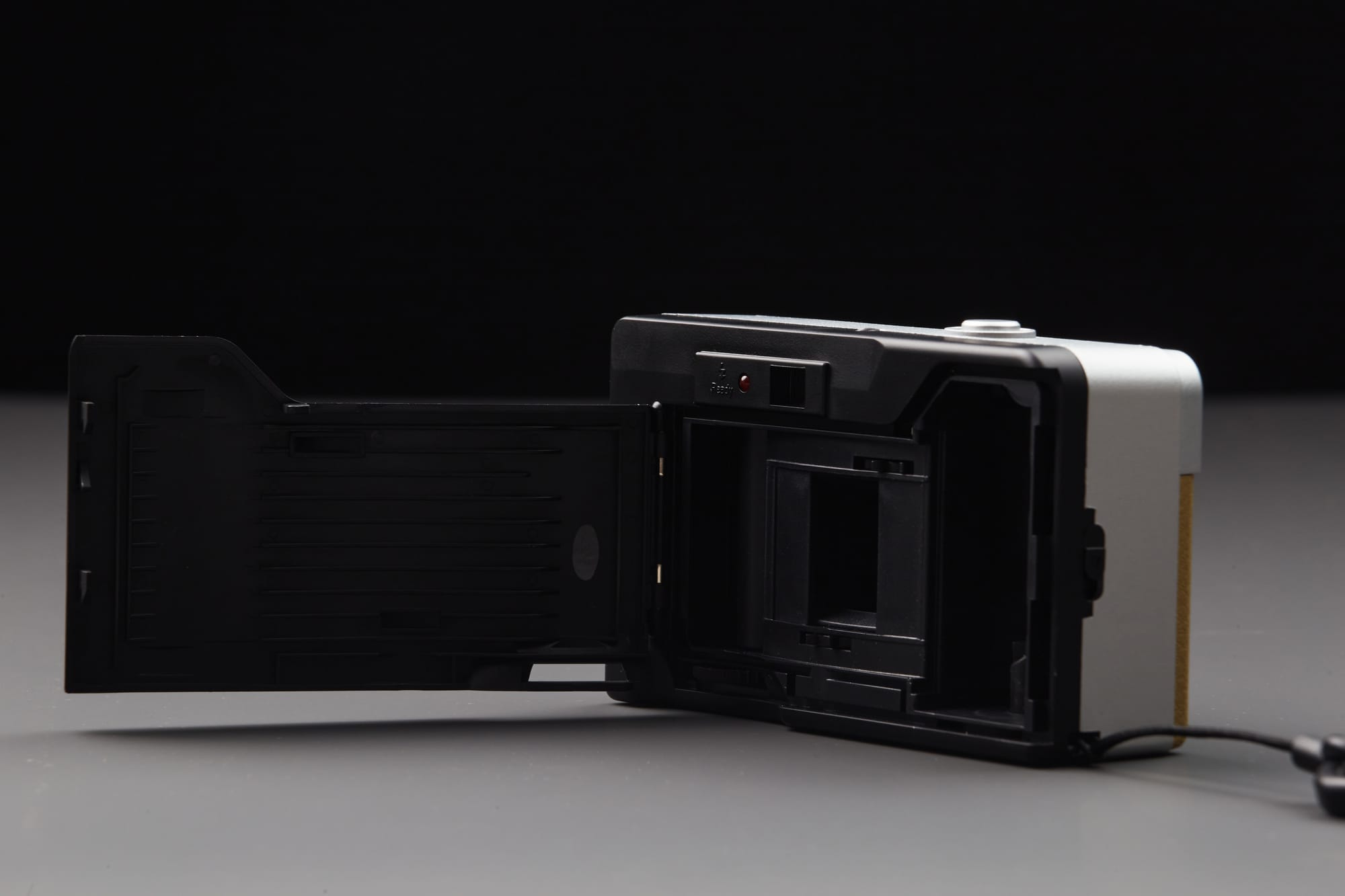
Design & Construction
I'm a sucker for great design, and the Kodak Ektar H35 has it in spades. It just looks really beautiful especially with the faux leather contrasted with a classic silver top finish. The camera is incredibly lightweight and compact with a smaller footprint than my Samsung smartphone, though it's quite a bit thicker.
The body is conveniently pocketable in a jacket which is how I usually carried mine. The build quality of the Kodak Ektar H35 is only slightly better than a single use film camera, which isn't saying much. It's sturdy enough, but you'd better not drop it.
I would definitely not intentionally bring this camera in inclement weather either. When it did rain while I was using it, I made sure to put the camera in the supplied cloth carrying bag and then under my t-shirt for extra protection.
The Kodak Ektar H35 comes with a handy wrist strap which is my preferred way of using cameras nowadays. You'll find a small but still much appreciated thumb rest on the back of the camera for a decent grip as well. The design of the built in flash switch on the lens is a great feature as it's super simple to operate with a quick turn to change the setting from on / off.
There's also a red light indicator on the back of the camera for when the flash is ready to fire. The viewfinder is serviceable but often left me wishing for more clarity. Thankfully I didn't have any noticeable issues with parallax error, so I can safely say that what you see in the viewfinder is what you'll get in the final captured image on film.
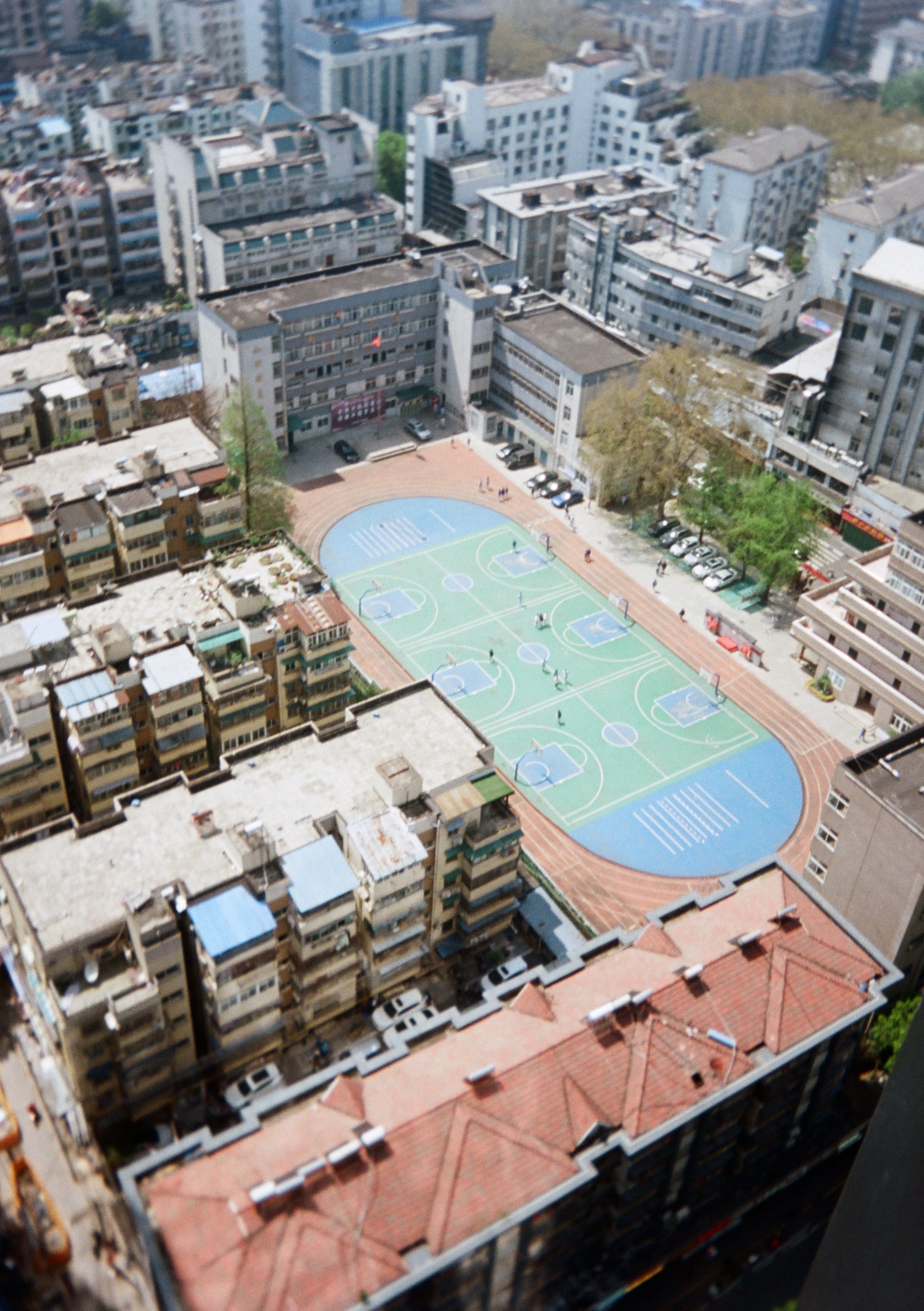
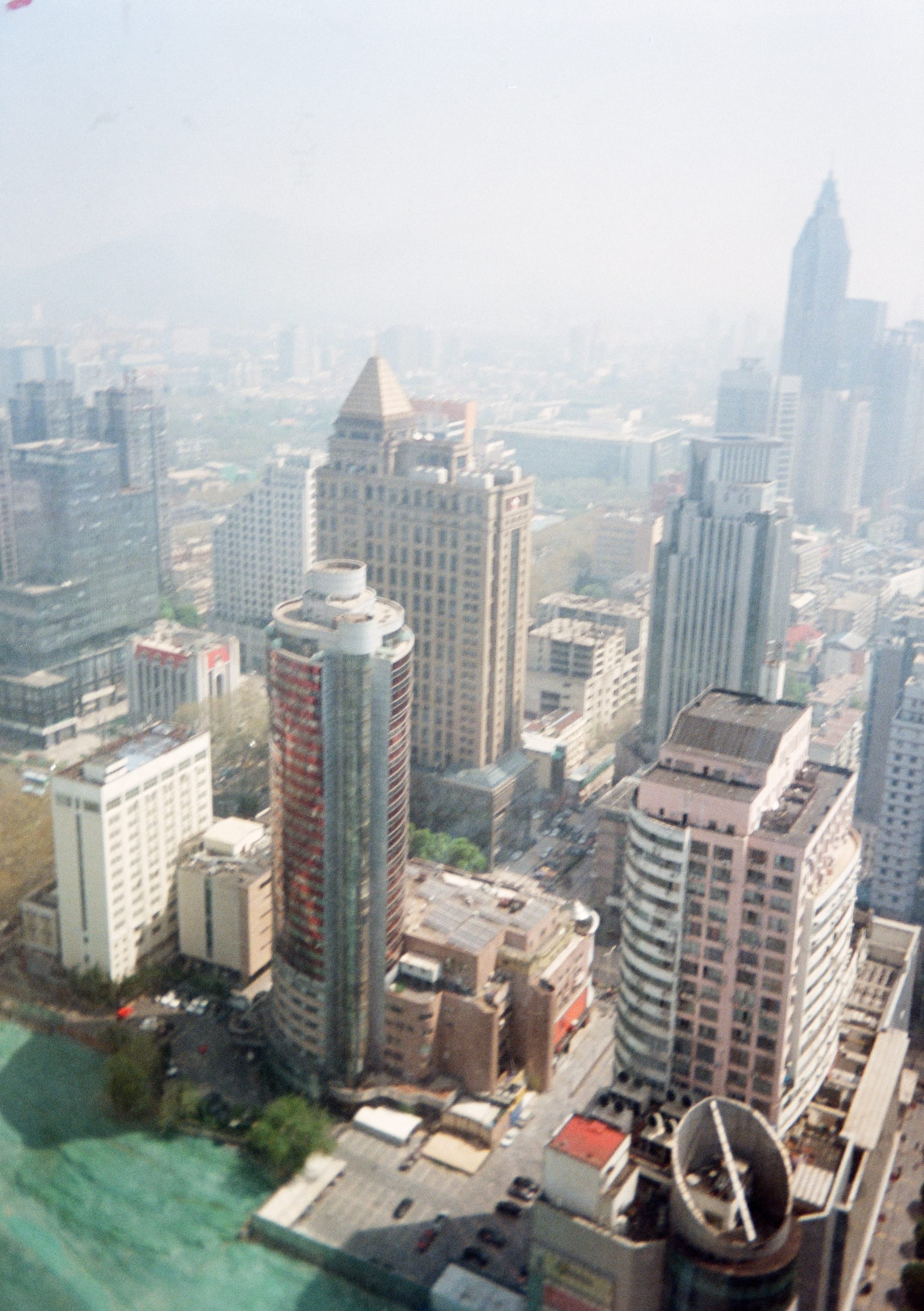
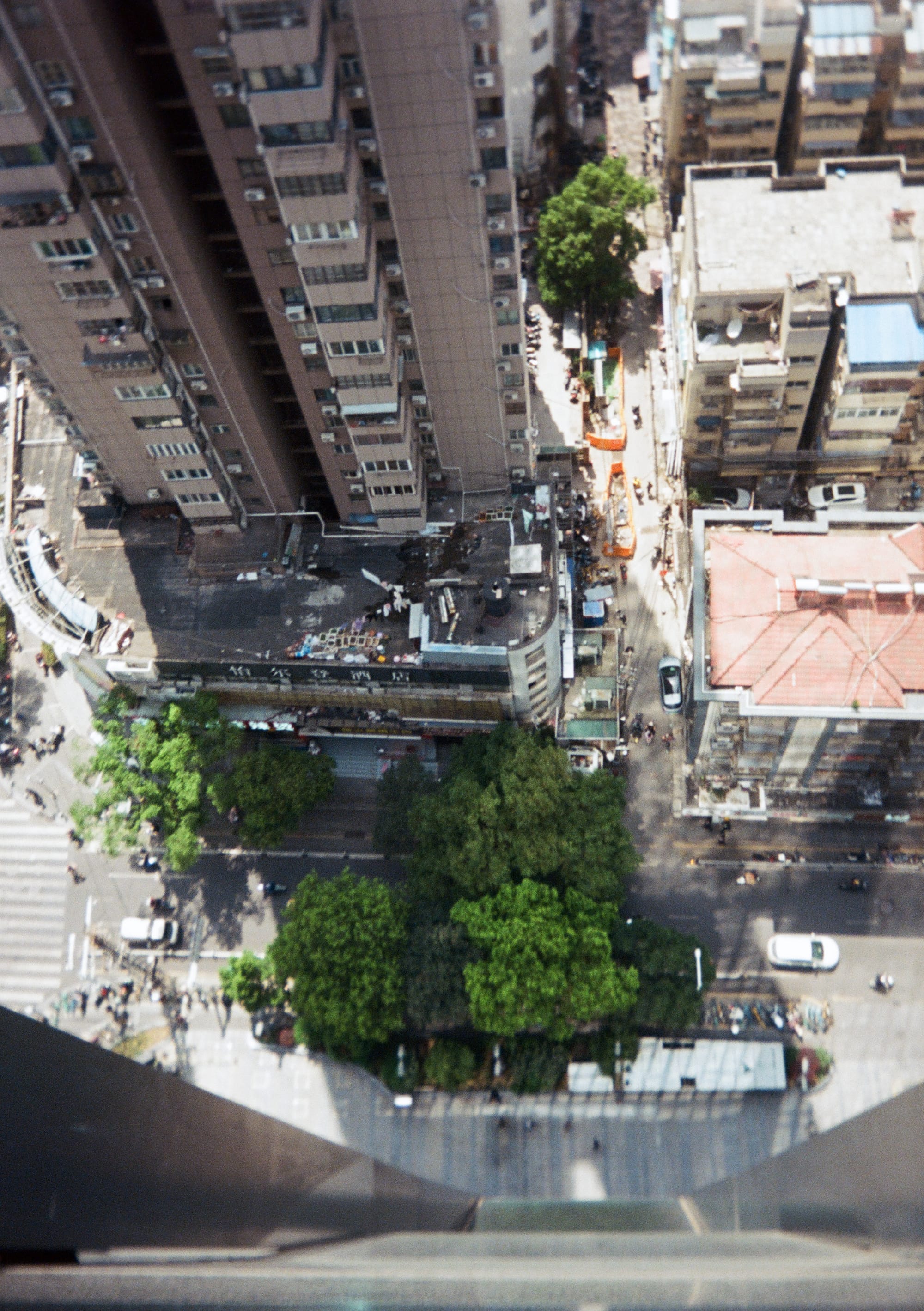
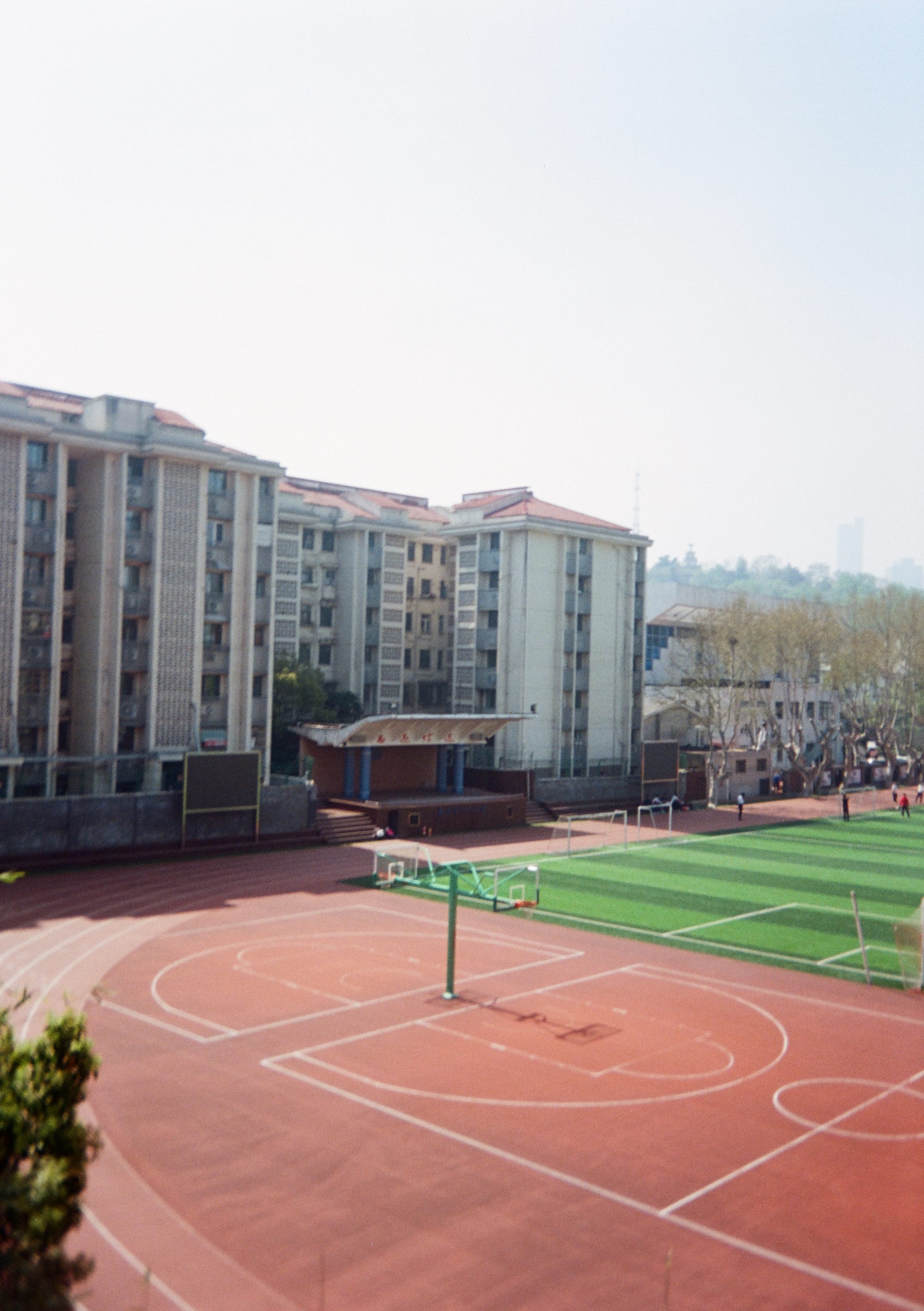
© Nicklaus Walter
The operation of loading the film as well as rewinding it is a fairly straightforward process and easy to get familiar with thanks to the included QR code instructional video. When finished with the roll, simply press the rewind button on the bottom of the camera, then turn the rewind crank in the direction of the arrow indicator until the tension is released and the counter is back to 0.
The Kodak Ektar H35 has a manual film advance, meaning that you have to wind the camera every time to take the next picture. It works well, but your thumb is bound to be a bit sore after a long day of use. The film counter window on top of the camera is fine, but I was never certain as to which frame I was on due to ambiguous spacing between the numbers. Thankfully the camera won't let you press the shutter all the way once the roll has ended so it becomes obvious when you're finished with it.
The Kodak Ektar H35 is intended for daylight use, but can also be used at night or indoors when the flash is enabled and within relatively close distances to the subject. The camera takes one AAA battery to operate the flash which should last for several rolls of film. I like the design of the battery compartment and the action of opening / closing it is quite smooth.
Speaking of the built in flash, it's super flattering for portraits because it's located right next to the lens which results in simple but fashionable lighting as you'll see below.
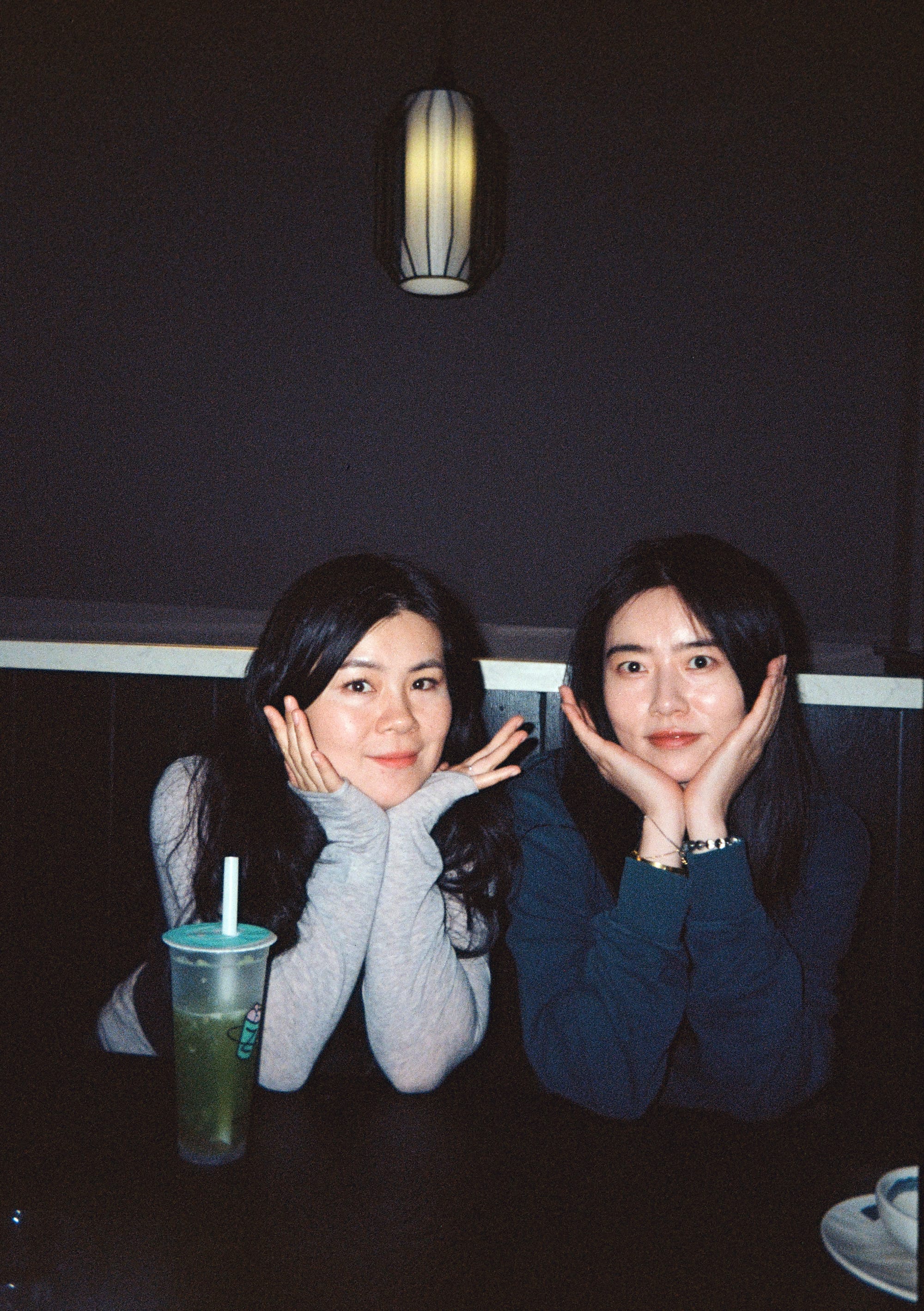
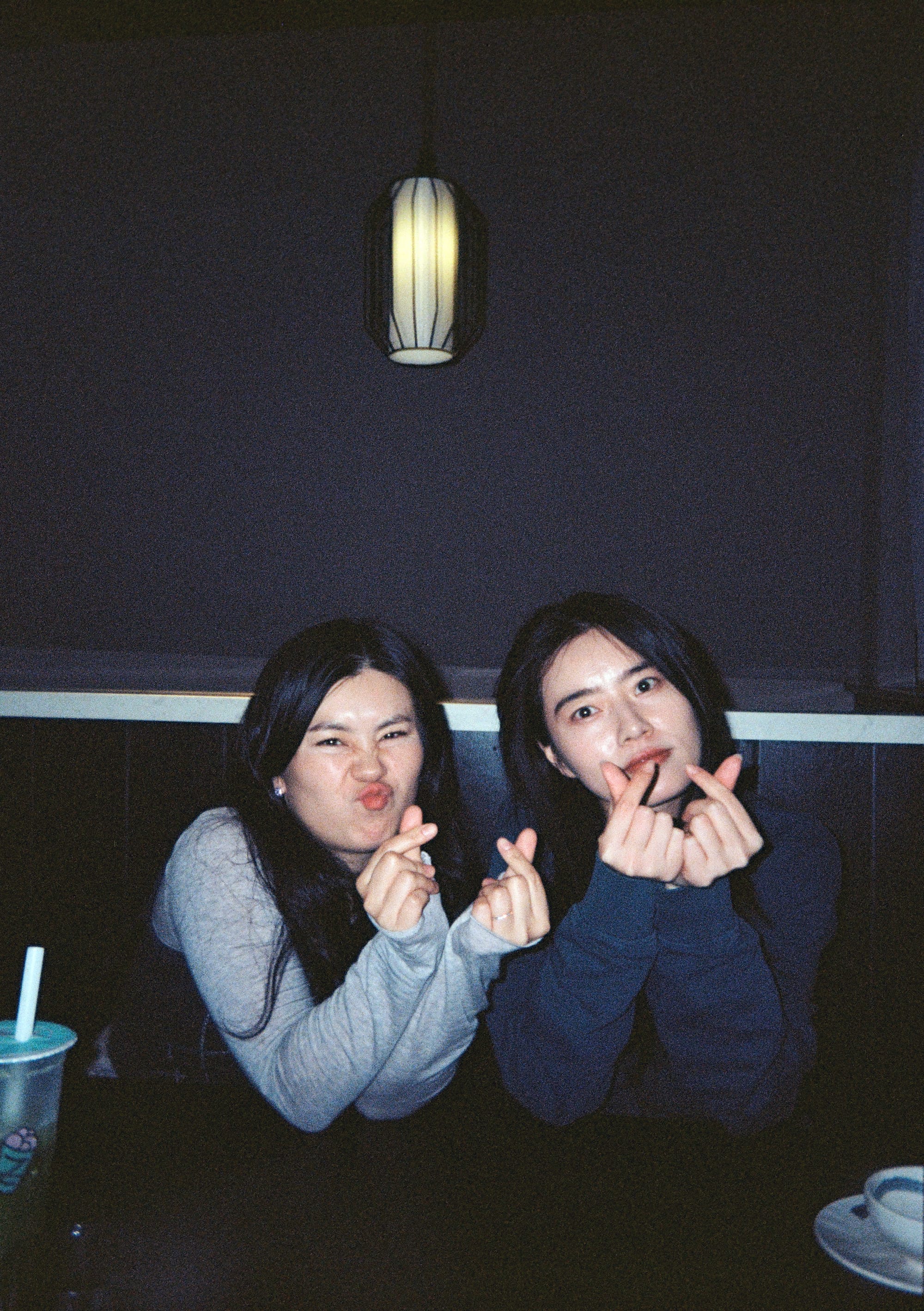
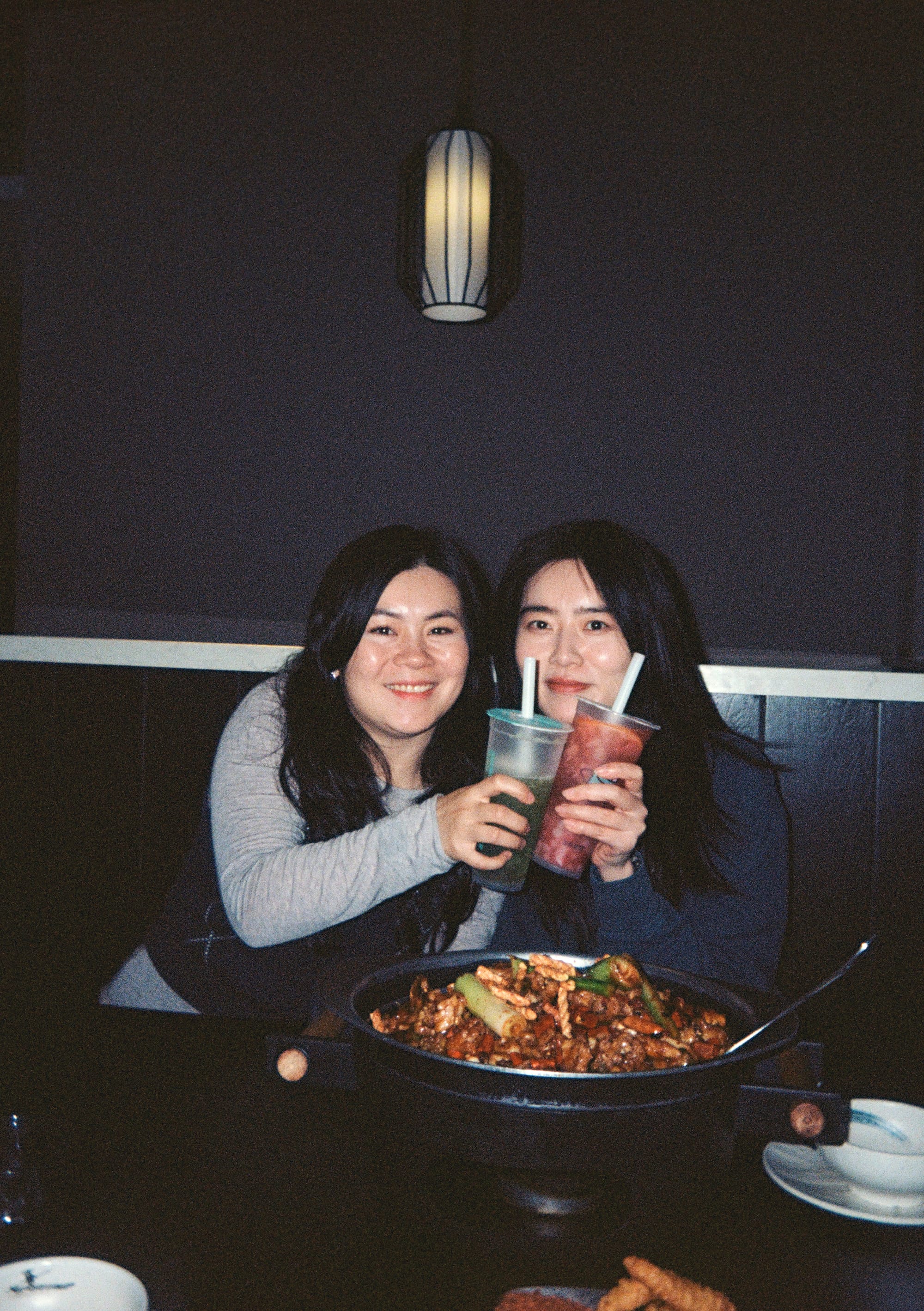

© Nicklaus Walter
Specifications
The Kodak Ektar H35 is equipped with a fixed 22mm lens which is equivalent to a 35mm semi-wide angle lens on a "full frame" camera. This is a great general use focal length for capturing a wide variety of sights and moments. Being a "toy" camera, there's no ability to change focus, aperture, or shutter speed.
Rather, the shutter speed is locked at 1/100th of a second, the aperture is fixed at f9.5, and the minimum focus distance is one meter. While this might sound frustrating for experienced photographers, I found that because the camera has so many constraints it inevitably unlocks creativity in the user.
On the topic of creativity, every frame on a roll of film with the Kodak Ektar H35 is a diptych of two images. This opens the door to many artistic possibilities for your vision and imagination to play with. Being a half frame camera, a standard 36 exposure roll of film will give you 72 photos, literally doubling the number of pictures you would normally take with any other 35mm film camera.
As the cost have film has gone up significantly in recent years, this is a wonderful way to save money. It took me quite while to get through my roll, which was a refreshing change.

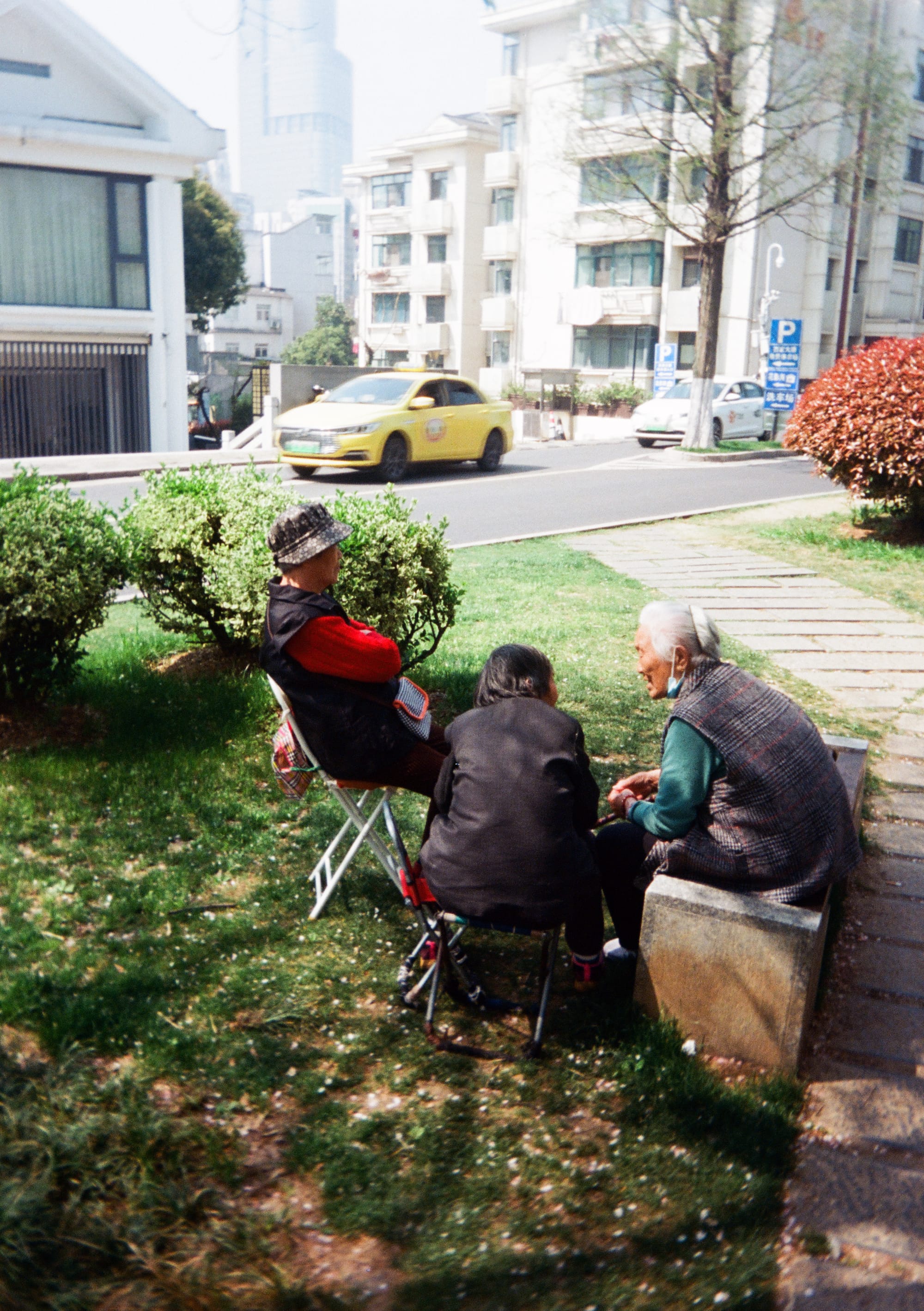

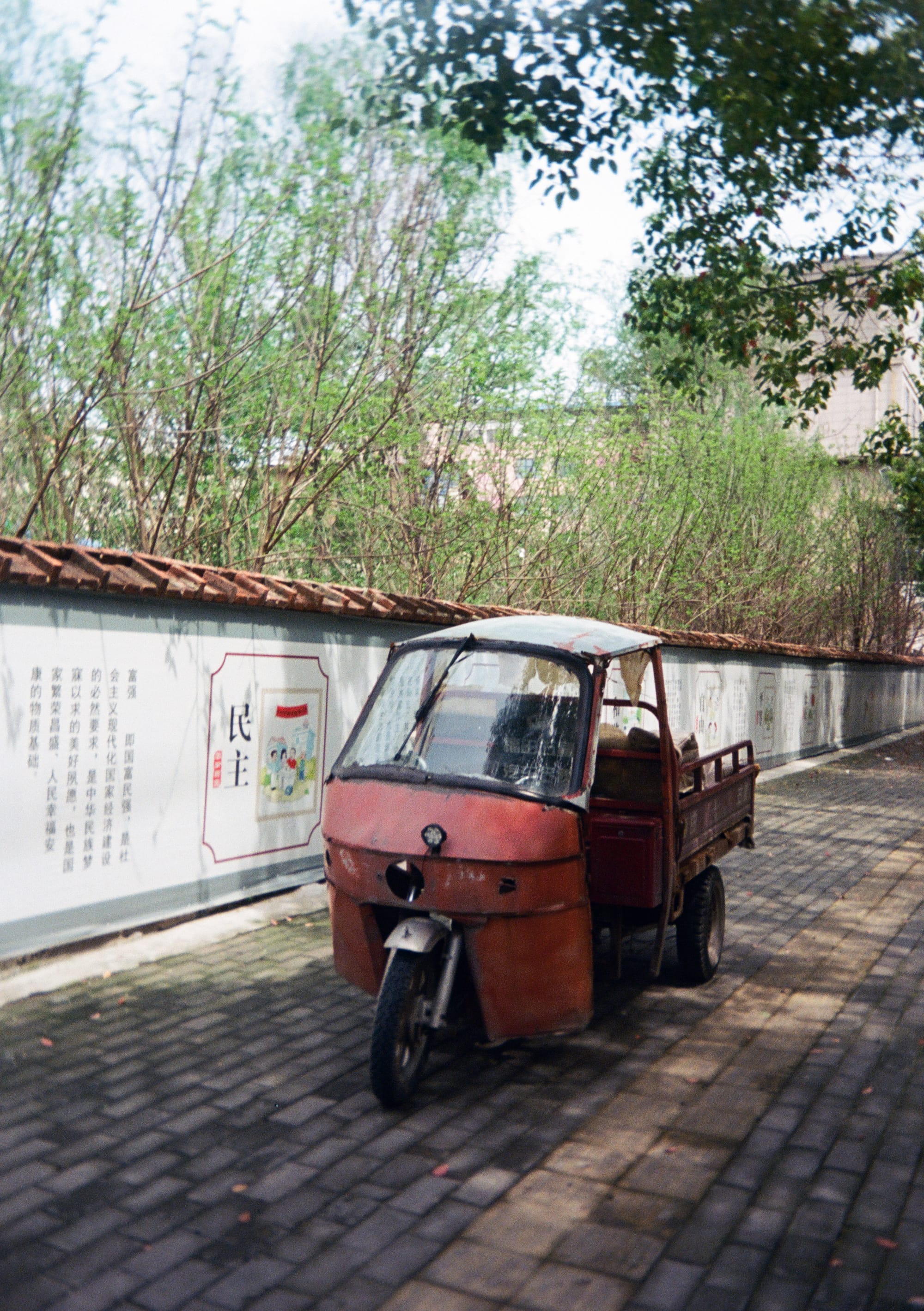
© Nicklaus Walter
For our trip I used a roll of Kodak Ektar 100 color negative film which is known for its fine grain. Given that a single full frame on 35mm film can already be grainy depending on the film stock you're using, it's best to use lower ISO speed films with the Kodak Ektar H35. This is because the grain of any film will be inherently more pronounced on each individual frame since the camera divides the 35mm piece of film into two.
The film was scanned at a local lab on a Noritsu HS-1800 which I'm partial to for it's slightly flatter color and contrast output than Fuji Frontier scanners. If more contrast and saturation are your preference, then the Fuji Frontier scanner is a great option.
I almost never shoot 35mm (equivalent) lenses in a vertical orientation, so using the Kodak Ektar H35 half frame camera was a fun challenge that I was ready to take on. When holding the camera in a normal horizontal position, the viewfinder will show a vertical image orientation.
Likewise, if you place the camera in vertical position, the viewfinder will show a horizontal image. I decided to shoot exclusively vertical images to take advantage of the diptychs it produces.
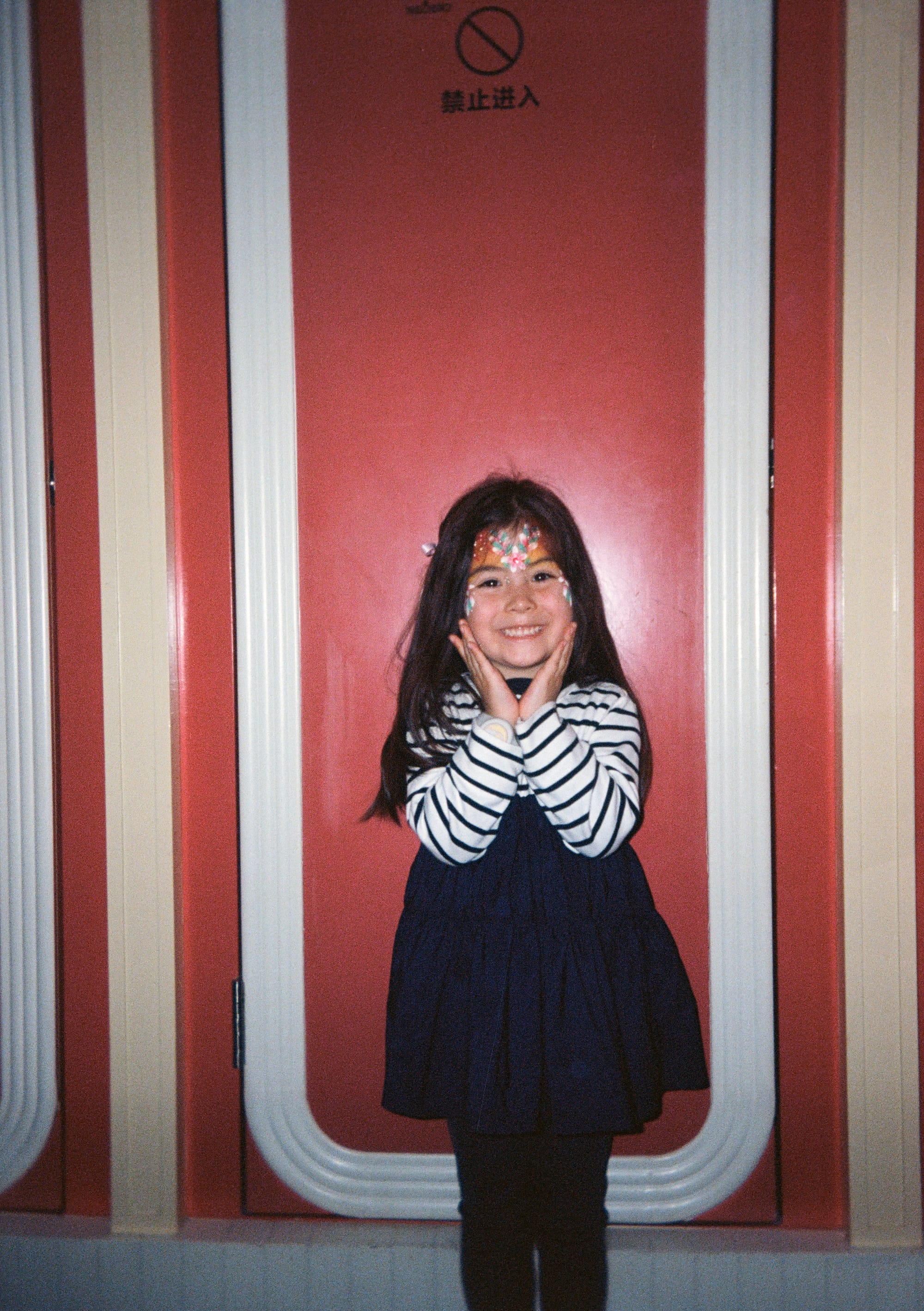
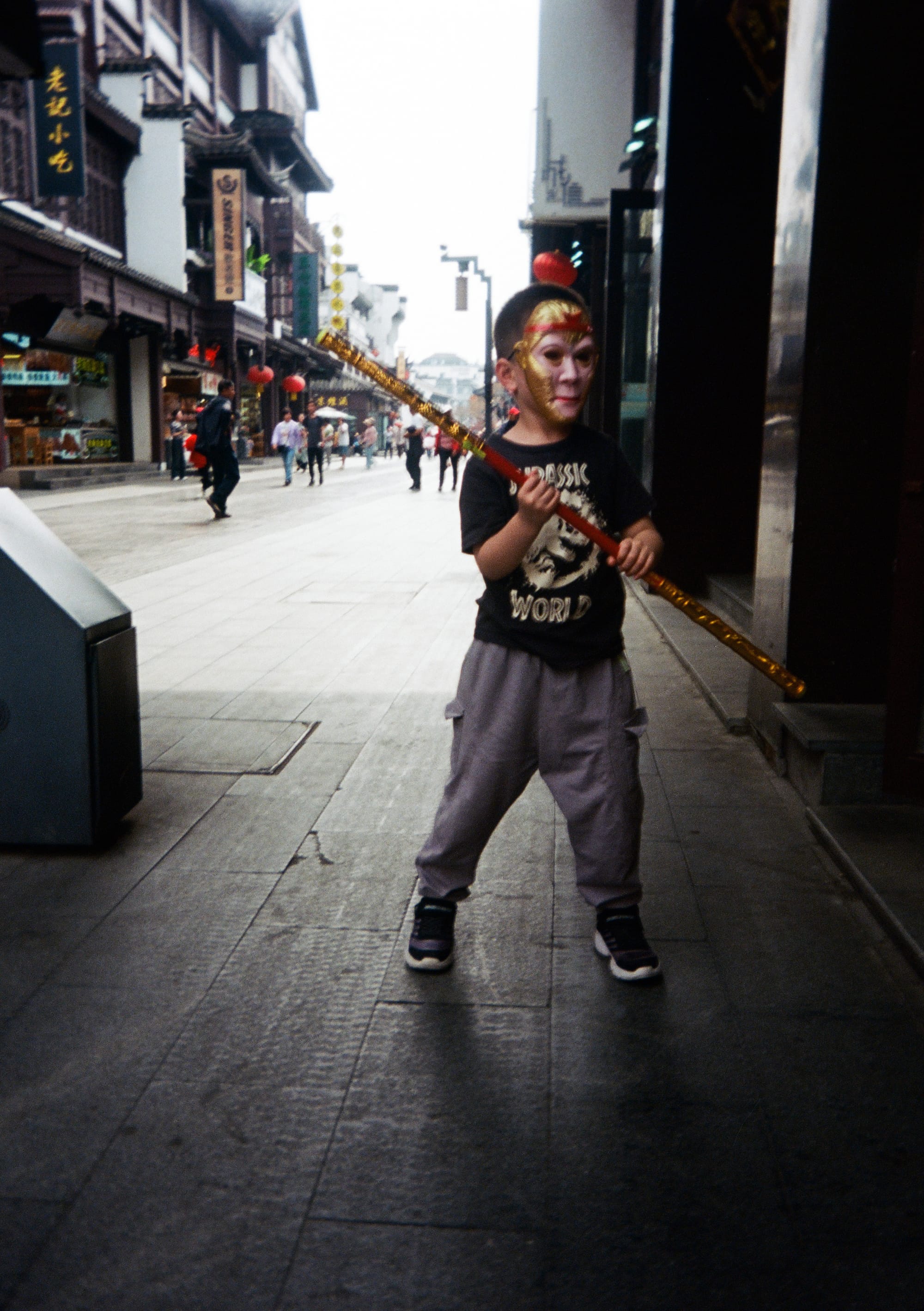
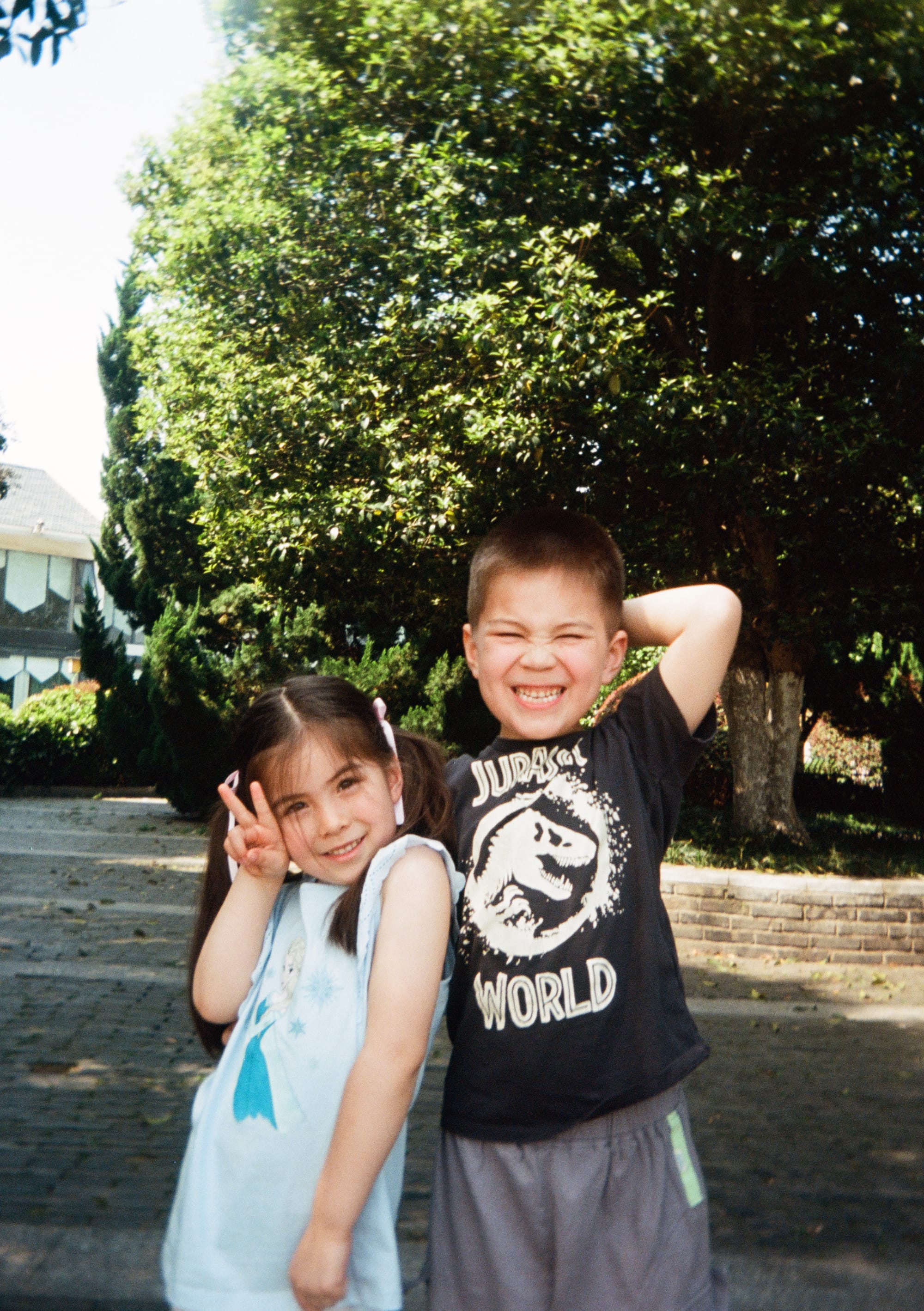
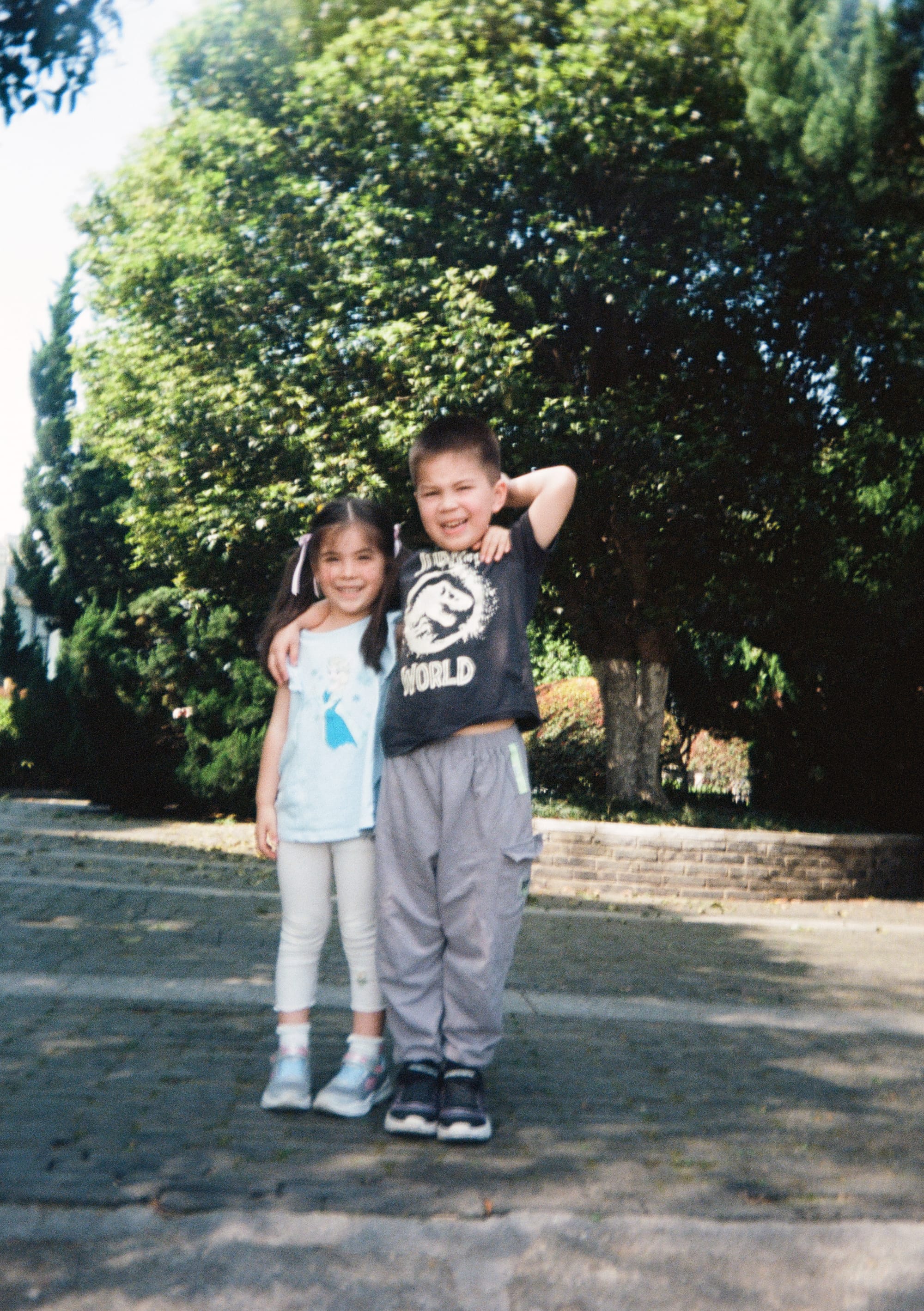
© Nicklaus Walter
In Use
This is personal to me and how I prefer to photograph, but I found shooting vertical 35mm focal length equivalent images to feel quite awkward most of the time when shooting with the Kodak Ektar H35. I think my compositions may have suffered because of it.
However, if you've grown up shooting with a smartphone you'll probably feel totally comfortable shooting a semi-wide angle lens in a vertical orientation. My wife loves shooting this way, and she routinely takes great photos. It really all comes down to personal preference and how you see the world.
Now for the bad news. I was completely stunned when I got my film back from the lab, and it wasn't a nice surprise. I discovered that the Kodak H35 suffers from severe camera shake, which ruined nearly 50% of my pictures.
The 1/100th of a second shutter speed isn't the culprit here, as I am normally able to get sharp images at 1/30th of a second with a 50mm lens on other cameras, both film and digital. I also have plenty of experience using other toy and single use cameras without camera shake. To be blunt, I've seldom had this problem occur at all in my 20 years of photography.

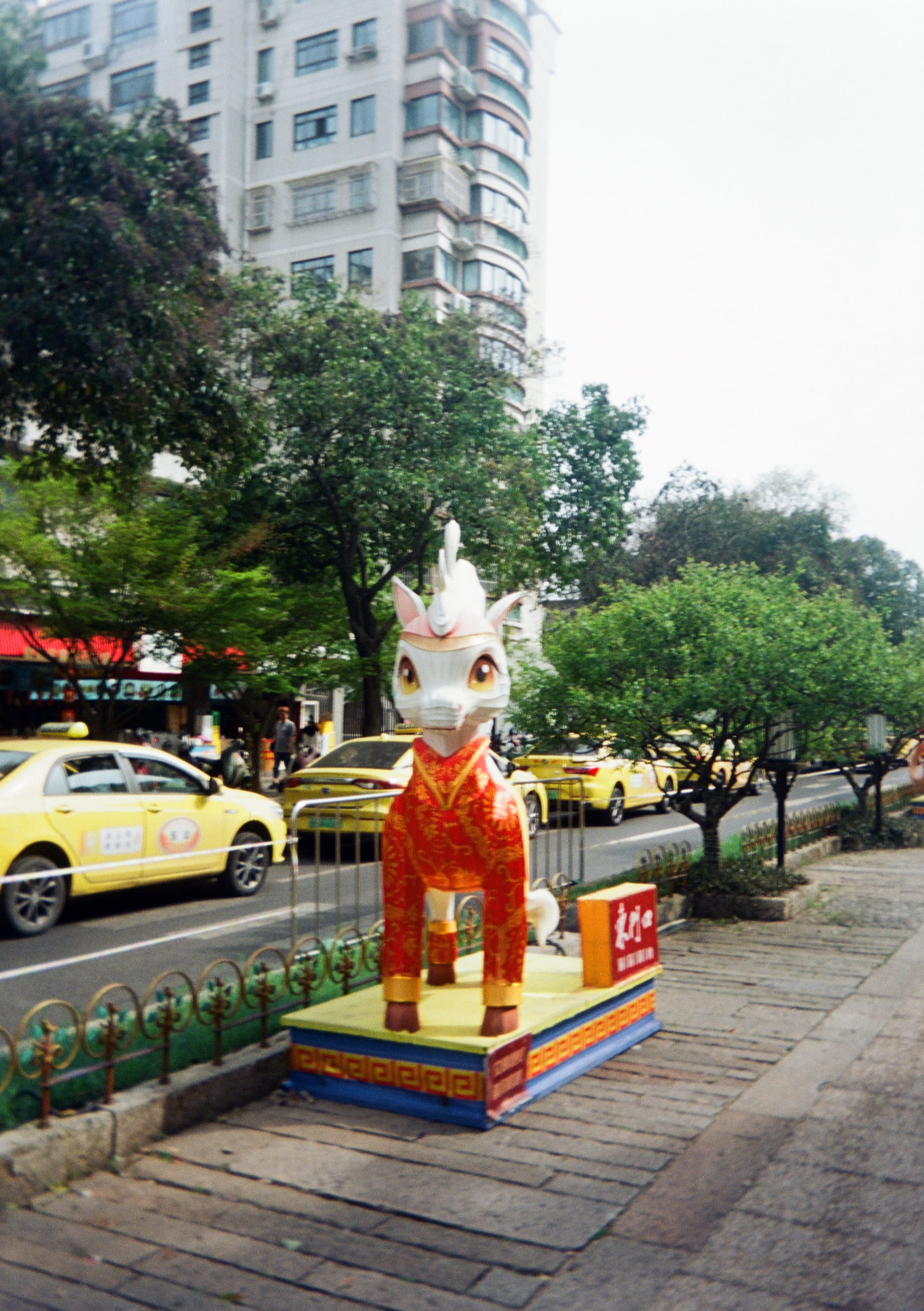
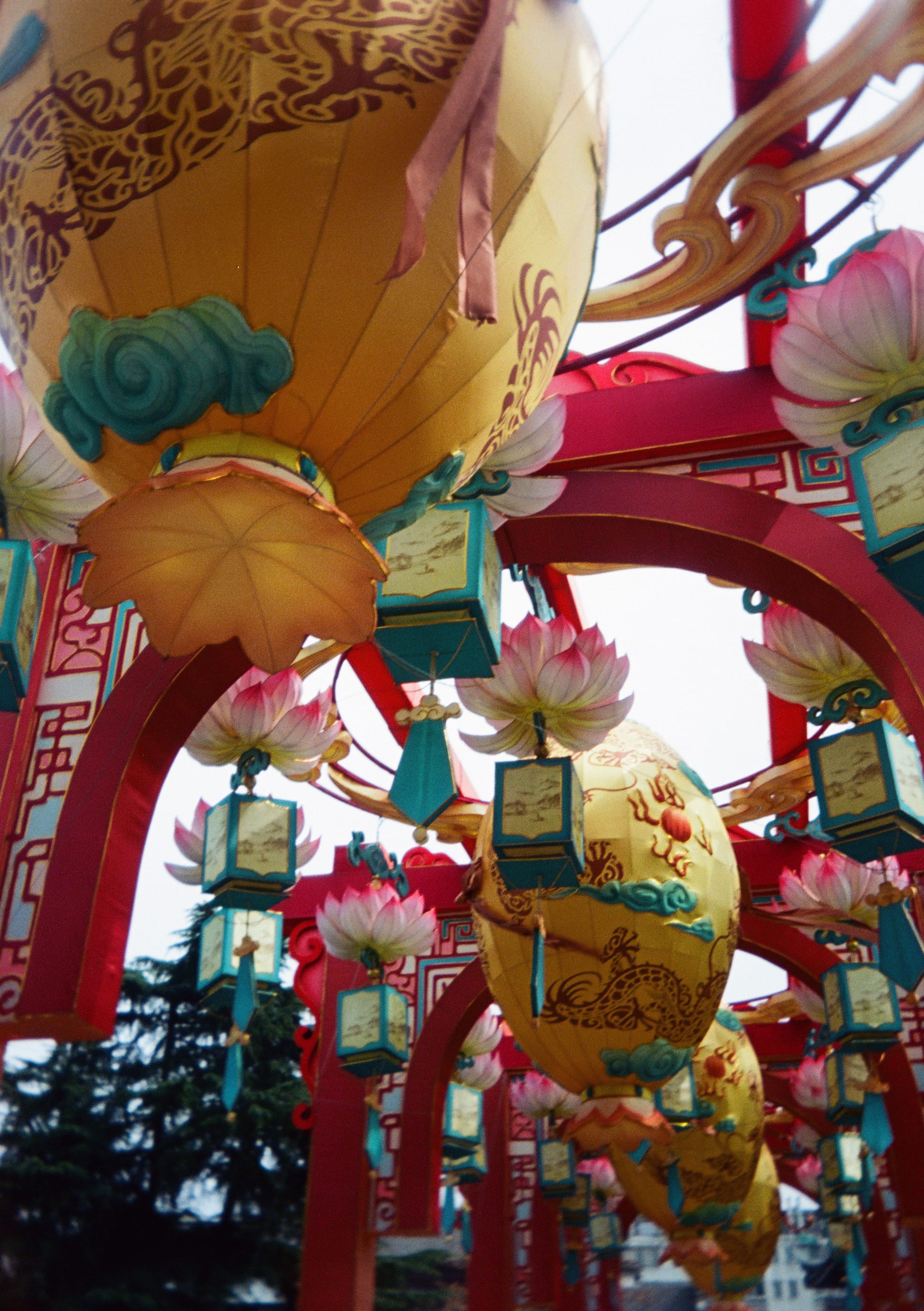

© Nicklaus Walter
I suspect there's an issue with the shutter mechanism that makes the camera quite prone to "shutter shock" meaning that the shutter is causing a vibration. Doing some research online, it turns out that this is a known issue for the Kodak Ektar H35. Perhaps this would be a bit more forgivable if the current price of film wasn't so high, but it is.
This kind of problem is costly to the user, and holds back the camera from achieving must have status. On the bright side, camera shake isn't a problem at all when using the flash. It's also still very possible to achieve sharp daylight images with the camera, but you'll need to be extra mindful of your movements when pressing the shutter button.
Verdict
So where does that leave us? The Kodak Ektar H35 is an otherwise excellent pocketable half frame film camera that's unfortunately marred by a debilitating camera shake issue. It has the potential to be a fantastic choice for parties, travel, or simply documenting day life. The learning curve is negligible, and anyone at any age can pick it up and start shooting right away.
While I really wanted to recommend this camera, I simply cannot as it presently stands. It's just not ready for primetime until Kodak sorts out the camera shake issue due to "shutter shock". If and when they do, the Kodak Ektar H35 might just become an essential everyday carry in your bag or jacket pocket.
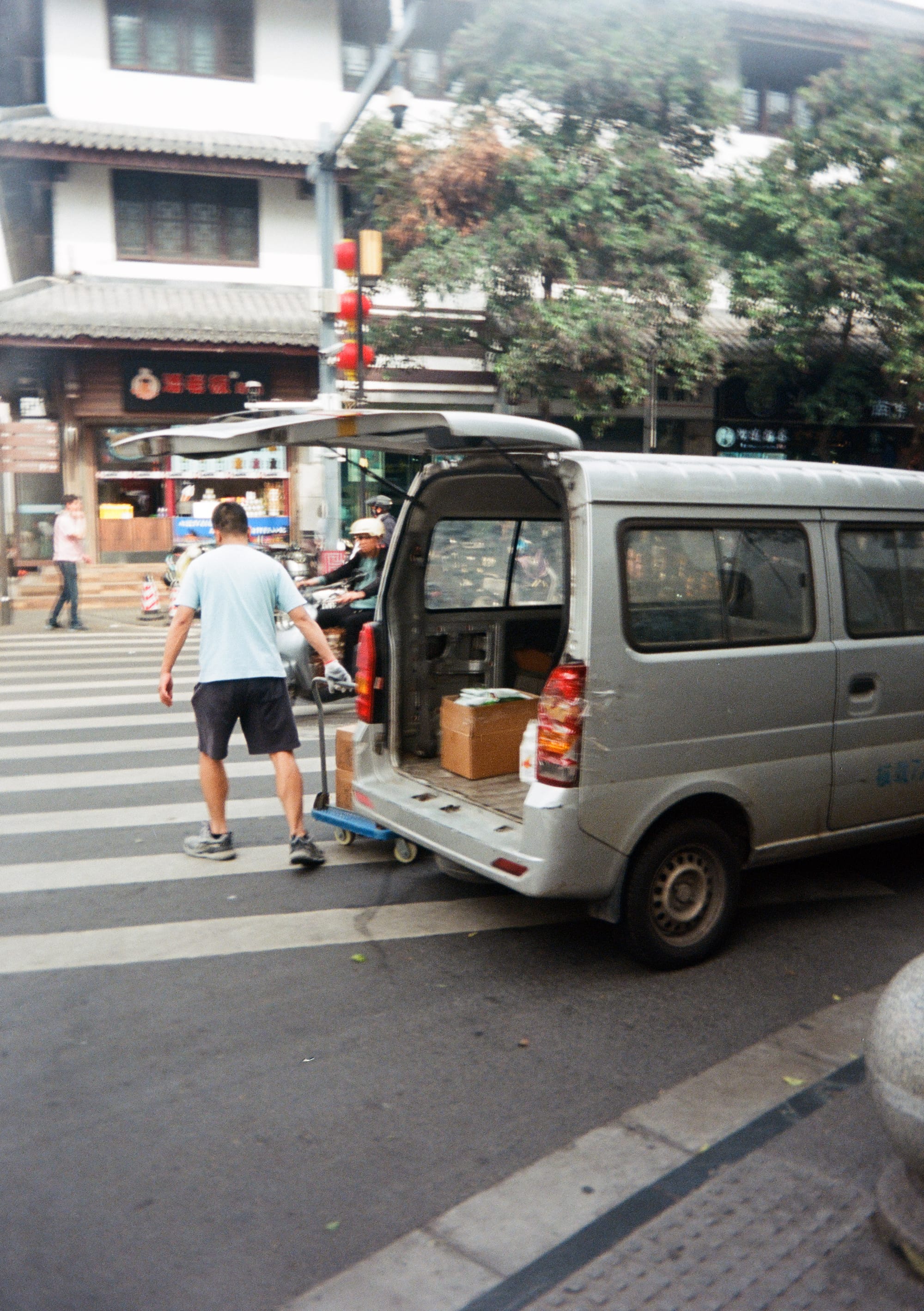
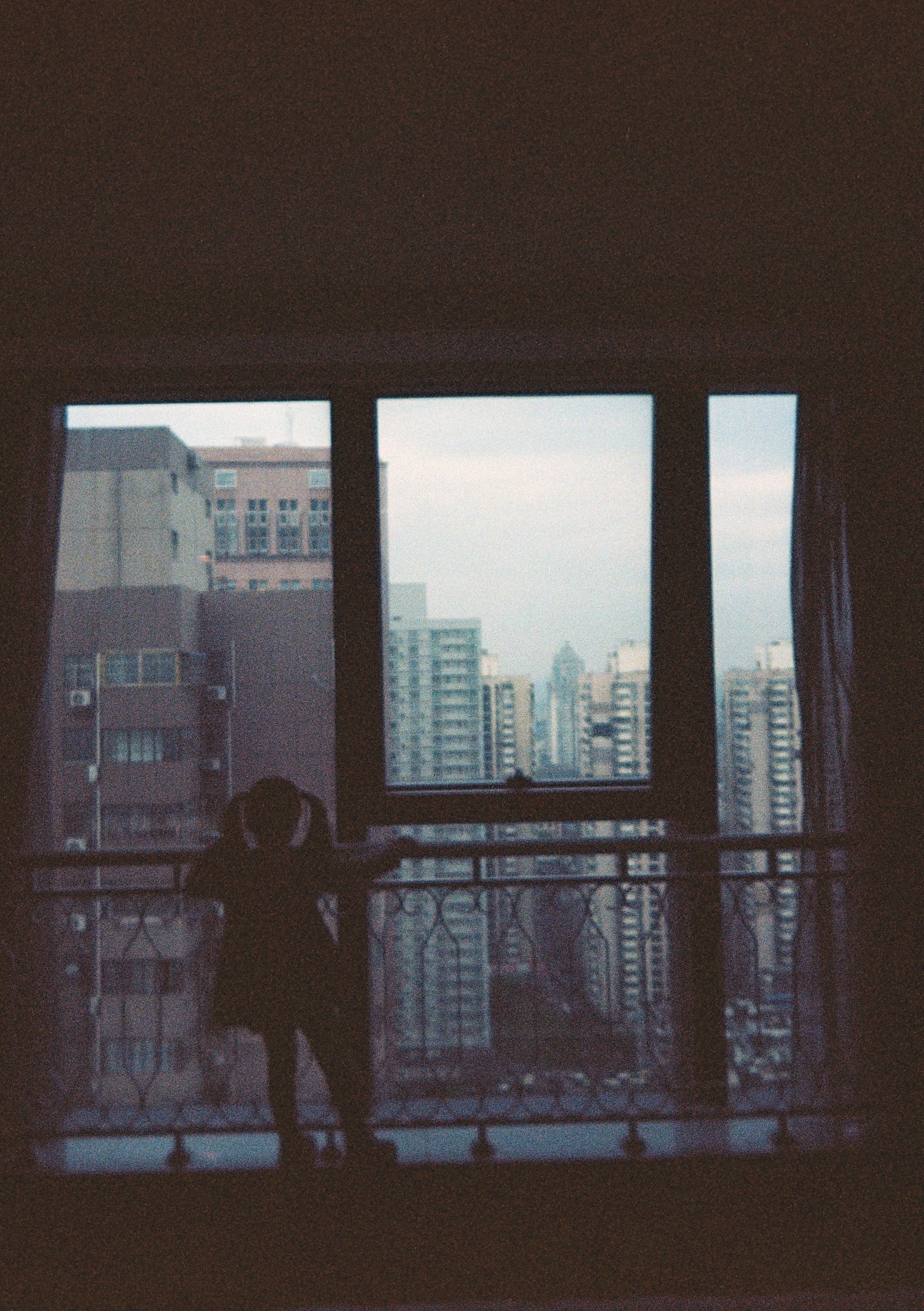
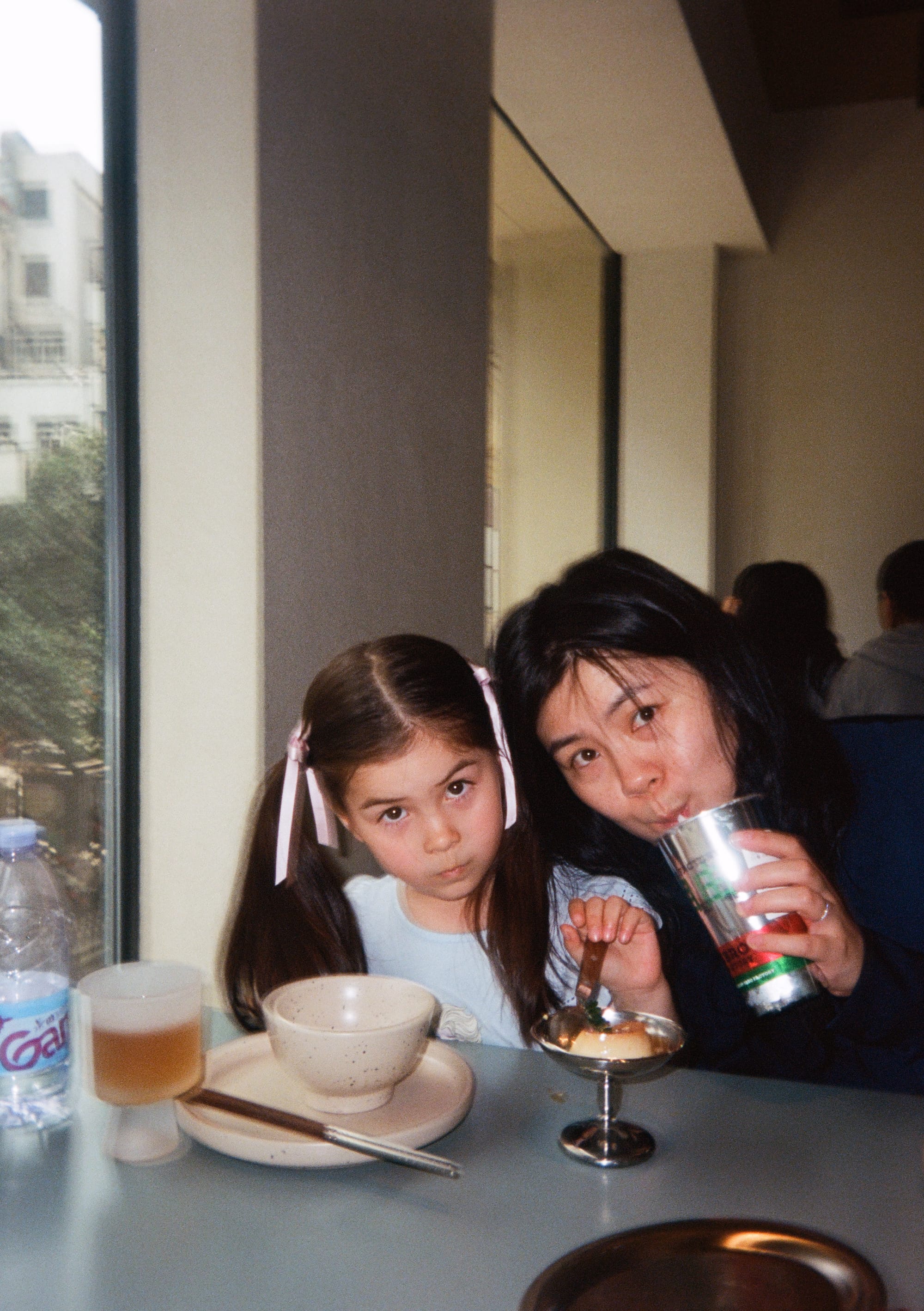
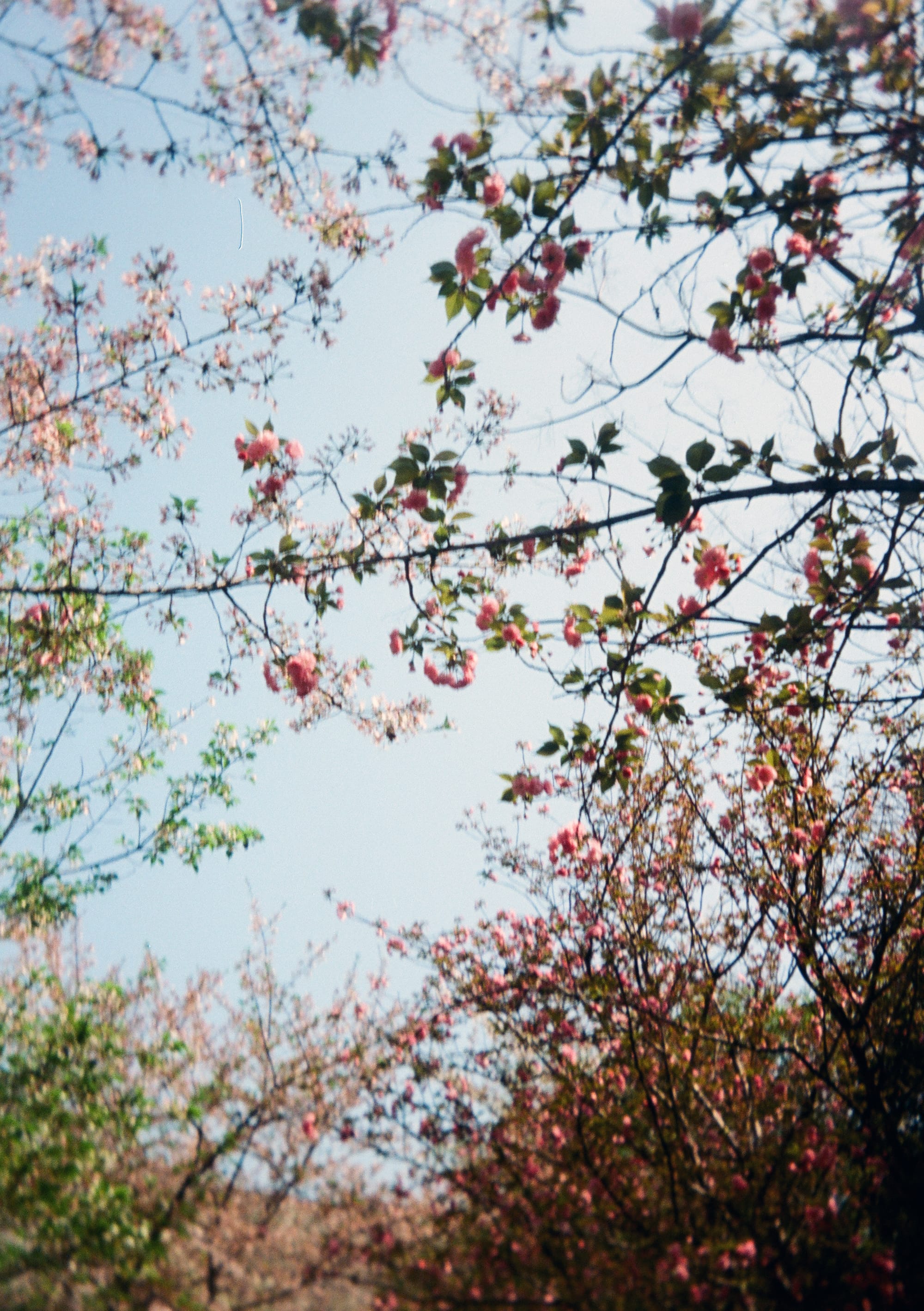
© Nicklaus Walter





